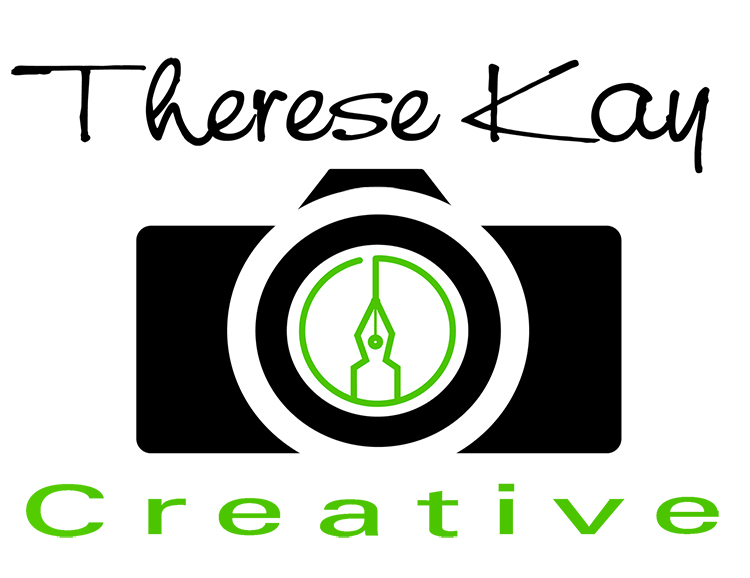Processing Emotional Pain through Viewing Art
This is the fifth post in the series of Processing Emotional Pain. “We often come away from someone else’s creation with a deeper understanding of our own story.” -Jan Phillips in God Is at Eye Level: Photography as a Healing Art
When we spend time with a piece of art in contemplation and prayer, it can access parts of us that perhaps we couldn’t access on our own.
In Sharon Garlough Brown’s book, Shades of Light, Kit, one of the characters reflects on the experience.
“I know it’s all conjecture,” Kit said. “But I guess that’s the beauty of these things, right? How art is open to interpretation, how we can each find something within it that mirrors our longings or desires.”
God can speak powerfully through art in a way that cuts through our self-defenses. If you are willing to spend the time and really observe, notice, listen, ask questions, sit with both what you are attracted to in the art, but also what repels you in the art.
“All things reveal us to ourselves. If we look deeply enough into an oak tree or mountain stream, into a photograph or other work of art, we will find ourselves there. If we linger, listening intently, it will speak to us in a language divine, a language of light, symbol, metaphor. -Jan Phillips in God Is at Eye Level: Photography as a Healing Art
I engage in a contemplative prayer practice called visio divina, which translates to sacred seeing. This prayer practice involves praying with art that is meant to bring about an intimate dialog with God. Instead of just seeing with our physical eyes, we are invited in to the process to see with our spiritual eyes, a process that is described in Ephesians 1:18 (NIV):
“I pray that the eyes of your heart may be enlightened in order that you may know the hope to which he has called you, the riches of his glorious inheritance in his holy people,”
One can think of visio divina as a visual prayer language. We all communicate in different ways and experience God in different ways. Visio divina is a way to experience God through a different sense which can open us up to new discoveries about our own story, processing our own pain, hearing God tell us in a new way how much He loves us.
I created Meeting God through Art: Visio Divina as a guided prayer journal to help people learn this prayer practice. You may find it a useful tool in your journey.
Whether you find treasures or hard truths in the art that you pray with, God will always speak to you in love. Isaiah 45:3 (NIV) “I will give you hidden treasures, riches stored in secret places, so that you may know that I am the Lord, the God of Israel who summons you by name.”
Wren, the main character in Sharon’s book, contemplates the role of art in healing in this lovely scene:
“Art has a way of sneaking past our defenses—getting right around all we think we already know or understand—and penetrating the soul in ways we might not grasp. Not at first, anyway. Like you being moved to tears in front of an olive grove.” Or beneath Vincent’s starry skies. Or in one of his grassy fields. Or before a painting of Jesus hanging on a cross. Come to think of it, even before Vincent or Monet or Renoir of any of the other masters inhabiting Gran’s studio touched her or moved her to tears, the stained glass windows in her childhood church spoke to her, not only the images of Jesus tending sheep or calling the disciples or calming the storm or blessing children on his lap, but also the way the sunlight streamed through the glass and cast prisms of color on the polished wood floors, the light dancing and moving during worship. She would sit and cry quietly in the pew, and her mother would wrap her arm around her and draw her close and never demand to know why she was crying or tell her to stop. She knew. Sometimes she cried, too.”
I encourage you to spend some time with art that you love. Maybe even art that you don’t love. Listen to what God has to say to you through the art. How is He speaking to you? What emotions and memories come up? What questions? What are you drawn to or repelled by? What is missing?
What is He showing you?
God is always speaking. Are you willing to stop and listen for His voice? Are you willing to process your pain as you listen to Him through art?
Comments (2)
Comments are closed.

I want to throw in my endorsement of Therese's Visio Divina book and the whole practice of talking to God through art. My mind seems to naturally "see" a message of love and enlightenment in art when I look at it prayerfully. Thanks, Therese!
Thank you, "unknown"! I'm truly glad it has blessed you!